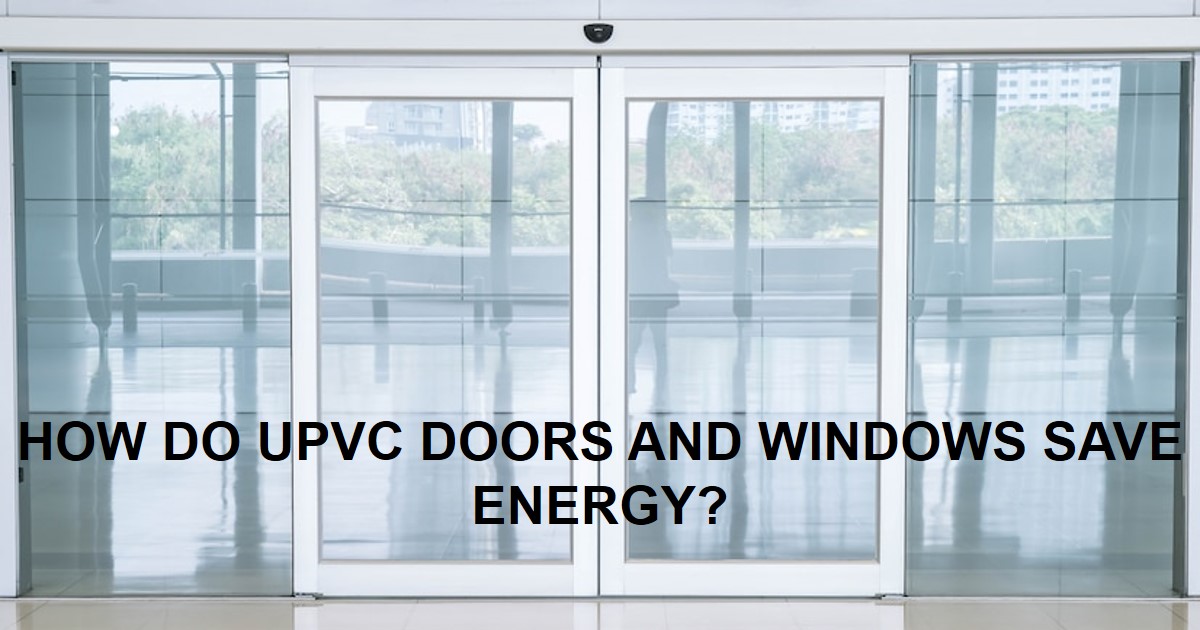The terms “energy efficiency” and “energy conservation” are buzzwords in the present times. Since buildings account for most energy use and carbon emissions, interior design and architecture are vital for reducing this rising issue. The emphasis is on creating advanced building options that make the area more energy-efficient.
The use of uPVC doors and windows is a frequently suggested solution. While a group of people support these structures for saving energy, a group of people also doubt their efficacy.
Many people are still unaware that doors and windows, also known as fenestrations, account for roughly 70% of all energy exchange points in a building. Doors and windows should, therefore, be the first focus if one wants to increase a property’s energy efficiency.
When it comes to doors and windows, both the framing material and the glass significantly impact how energy-efficient a room will be. If either of these features is compromised, the area won’t be as thermally comfortable as it can be.
Examining Energy-Efficiency Features
Due to its low or weak thermal conductivity, uPVC as a material provides excellent heat insulation. uPVC doors and windows keep unwanted heat out during the summer and trap it inside during the winter. It follows naturally from this that uPVC doors and windows can significantly reduce energy bills by reducing energy usage.
Furthermore, the airtight sealing between the frame and the glass is a crucial characteristic that contributes to the energy efficiency of uPVC doors and windows. Only when no air pockets are allowed to exist anywhere near the entrance or window, especially in the corners, heat exchange can be significantly reduced.
Glass has never been considered a building material with good energy-efficiency qualities. However, this is scarcely the case today because of technological improvements. You can quickly turn uPVC doors and windows into the most energy-efficient option by using the appropriate type of glass or glazing solution.
Installing Low-E or Heat-reflective Glass
These are typically double or triple-glazed units that reflect heat outdoors in the summer or trap it during the winter, preventing a large portion of heat exchange. This dramatically reduces one’s dependence on heating and cooling systems.
Energy-efficient glass can be installed to increase the energy efficiency of one’s facility. But one should remember to work with trustworthy specialists that offer robust glass solutions which can survive shifting weather conditions.
There is no question that uPVC doors and windows save energy in the end. However, this presumes that the prerequisites listed above have been carefully considered when choosing the glass and fenestration firm. You can find the most effective energy-efficient options with uPVC windows and doors.
The largest selection of door and window styles – perfect for energy efficiency, privacy, safety, and comfort – is available at Ventilia. Reach out to uPVC professionals right away.



